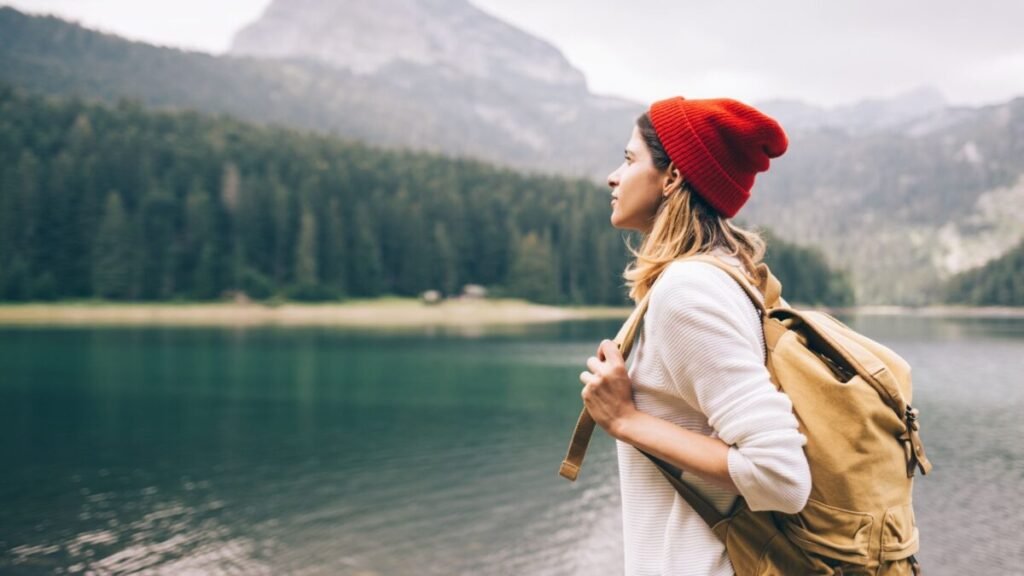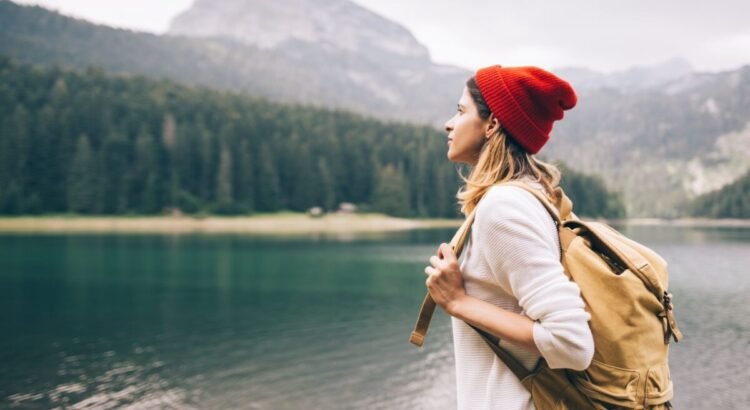
Traveling alone is not just about visiting new places—it’s about discovering the world on your own terms. It’s a journey that builds confidence, challenges your comfort zone, and opens you up to deeper self-awareness. Solo travel isn’t always easy, but for many, it’s one of the most rewarding experiences in life. Whether you’re setting off on your first solo adventure or you’re a seasoned lone wanderer, understanding how to cultivate courage, plan wisely, and embrace the beauty of solitude can elevate your journey from simple tourism to personal transformation.
In this comprehensive guide, we’ll explore how to mentally prepare for solo travel, plan safely and efficiently, and fully enjoy the freedom that comes with going it alone.
Part 1: Building the Courage to Travel Alone
1.1 Overcoming the Fear of the Unknown
One of the biggest obstacles to solo travel is fear—fear of loneliness, danger, and unfamiliarity. It’s completely normal to feel nervous before stepping into the unknown, but it’s also important to understand that fear often shrinks with every step you take.
Tips to Build Courage:
- Start small. Take a weekend trip alone to a nearby city before flying across the world.
- Join online solo travel communities where you can find inspiration and advice.
- Remember: The world is not as dangerous as the headlines make it seem. Millions of people travel solo every day without incident.
1.2 Embracing Independence
Solo travel allows you to make all the decisions—what to eat, where to go, how long to stay. For many, this kind of independence is liberating.
Practice Makes Confidence:
- Dine alone at home before trying it abroad.
- Go to the movies solo.
- Take a class or attend a local event by yourself.
These small steps build self-reliance and help you become comfortable in your own company.
Part 2: Planning Smart for a Smooth Journey
2.1 Choosing the Right Destination
When planning your first solo trip, choose destinations that align with your comfort level and interests. Some places are known for being especially solo-travel-friendly.
Great Destinations for Solo Travelers:
- Japan – safe, organized, and culturally fascinating.
- Portugal – warm people, beautiful cities, and stunning coastlines.
- New Zealand – friendly locals and jaw-dropping nature.
- Thailand – vibrant culture, affordable, and full of fellow solo travelers.
Research the safety levels, cost of living, and public transport options of each destination.
2.2 Booking Accommodation Wisely
Your accommodation is your sanctuary on the road. Look for places that are safe, well-reviewed, and solo-travel friendly.
Consider:
- Hostels (great for meeting people)
- Boutique hotels or B&Bs
- Female-only accommodations
- Trusted Airbnb listings
Many solo travelers choose places with common areas where they can meet fellow adventurers.
2.3 Health and Safety Planning
Prepare for health needs before you go.
What to Include:
- Travel insurance with health coverage
- Vaccinations based on your destination
- A first-aid kit with essentials (plasters, medications, painkillers)
- Emergency contacts and embassy information
Also, familiarize yourself with local health rules, including hospital procedures and how to find a doctor or pharmacy.
Part 3: Mastering the Art of Solo Exploration
3.1 Navigating Alone With Confidence
Getting lost can feel scary—but it can also lead to memorable discoveries. Use technology and local knowledge to navigate smartly.
Tools for Success:
- Offline maps (like Maps.me or Google Maps offline mode)
- Public transport apps
- Learning a few local phrases
- A small compass or paper map in case your phone dies
Ask locals for help. Most people are happy to assist a kind and respectful traveler.
3.2 Making Friends on the Road
Solo doesn’t mean lonely. In fact, solo travelers often find it easier to meet others.
Ways to Connect:
- Stay in social hostels or join shared tours
- Use apps like Meetup, Couchsurfing Hangouts, or Bumble BFF
- Attend local cooking classes, walking tours, or language exchanges
- Be open to conversation in cafés, on trains, or in public squares
While being friendly, also trust your instincts and set boundaries when needed.
Part 4: Embracing the Solitude
4.1 Learning to Love Your Own Company
One of the richest parts of solo travel is learning to be content on your own. It gives you space to reflect, relax, and enjoy experiences more fully.
Try This:
- Journal your thoughts daily
- Watch sunsets without distraction
- Enjoy long meals, walks, or museum visits without rushing
These solo moments can lead to profound insights and a greater connection with the present.
4.2 Balancing Social and Solo Time
It’s okay to crave company during your solo travels. Mix social activities with solo days to maintain emotional balance.
Tips:
- Schedule one social event per day if you’re in need of connection
- Take downtime seriously—rest is important
- Stay connected with friends or family digitally when feeling homesick
Being alone doesn’t mean being isolated. Solo travel is about choosing when and how you want to engage.
Part 5: Dealing With Challenges Gracefully
5.1 Managing Loneliness and Homesickness
Even seasoned solo travelers feel lonely sometimes. It’s a natural part of the journey.
How to Cope:
- Reach out to fellow travelers or call loved ones
- Change your scenery—go to a lively place like a market or café
- Focus on gratitude and mindfulness practices
Often, the feeling passes after a good night’s sleep or a fulfilling day.
5.2 Staying Safe Without Being Afraid
Staying safe while solo is mostly about awareness and preparation.
Safety Practices:
- Keep valuables close and hidden
- Don’t share too much personal info with strangers
- Know emergency numbers
- Walk with confidence, even if you’re unsure of the direction
Most destinations are far safer than people assume, especially for solo travelers who take common-sense precautions.
Part 6: Returning Home Transformed
6.1 Gaining New Perspectives
When you travel solo, you interact with places and people in a more open and direct way. You might come back home with:
- A new language or skill
- Broader understanding of different cultures
- New friendships from around the world
- Deepened trust in your instincts
These aren’t just memories—they’re milestones in your growth.
6.2 Becoming Your Own Guide
Once you’ve traveled solo, you’ll realize how much you’re capable of. You’ll become more self-reliant, adaptable, and courageous in daily life.
You may start taking more initiative, making clearer decisions, or being more empathetic and flexible. Solo travel is not just about the places you visit, but the person you become through the journey.
Conclusion: Say Yes to the Solo Journey
To travel solo is to say yes to freedom, discovery, and empowerment. It requires courage, thoughtful planning, and a willingness to grow through discomfort. But the rewards? They are immense.
You’ll see the world on your own terms. You’ll overcome obstacles you never imagined you could. And you’ll come home not just with photographs—but with a stronger, more confident version of yourself.
So pack your bags, trust your gut, plan smart, and take that leap. The world is waiting for you, and you don’t need anyone else’s permission to begin. The solo travel adventure is one of the greatest gifts you can give to yourself.



